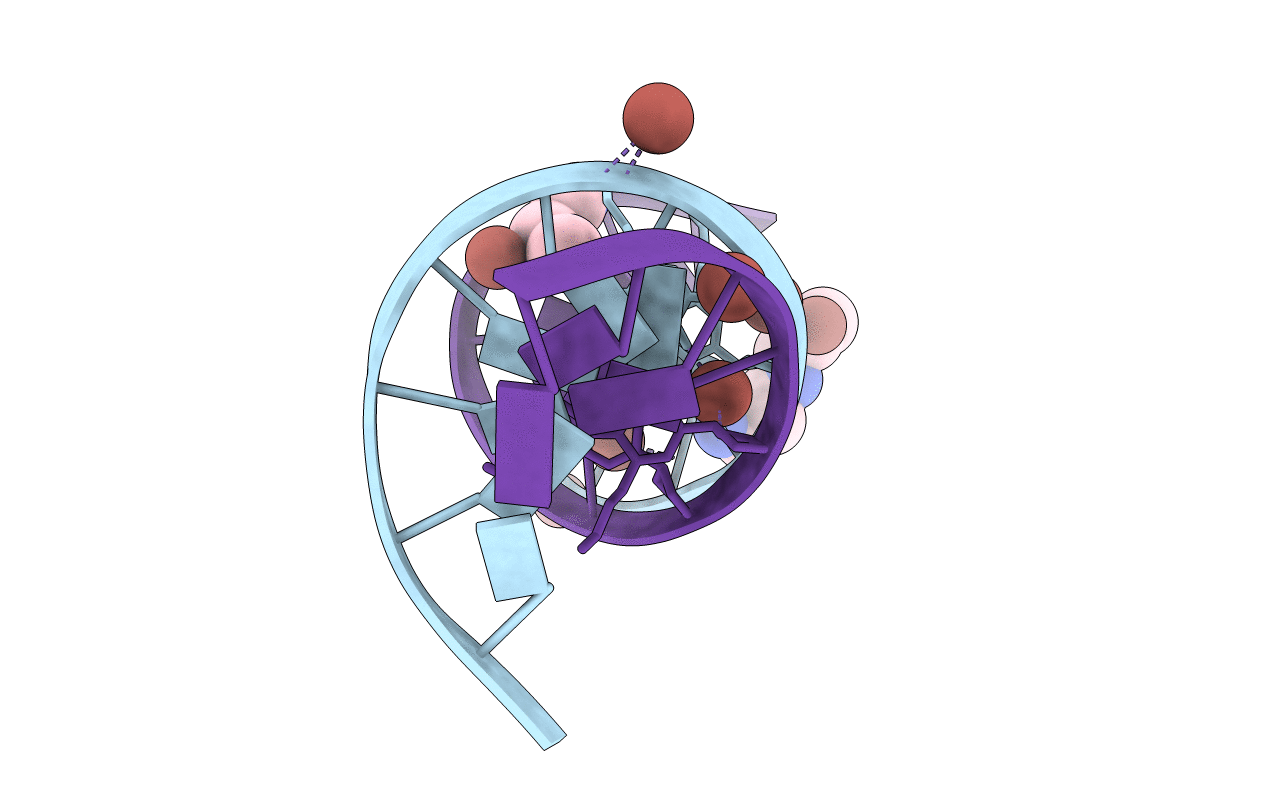
Deposition Date
2005-03-19
Release Date
2005-07-26
Last Version Date
2024-04-03
Entry Detail
PDB ID:
1Z5T
Keywords:
Title:
Crystal Structure of [d(CGCGAA(Z3dU)(Z3dU)CGCG)]2, Z3dU:5-(3-aminopropyl)-2'-deoxyuridine, in presence of thallium I.
Biological Source:
Source Organism:
Method Details:
Experimental Method:
Resolution:
1.60 Å
R-Value Free:
0.24
R-Value Work:
0.19
R-Value Observed:
0.23
Space Group:
P 21 21 21


